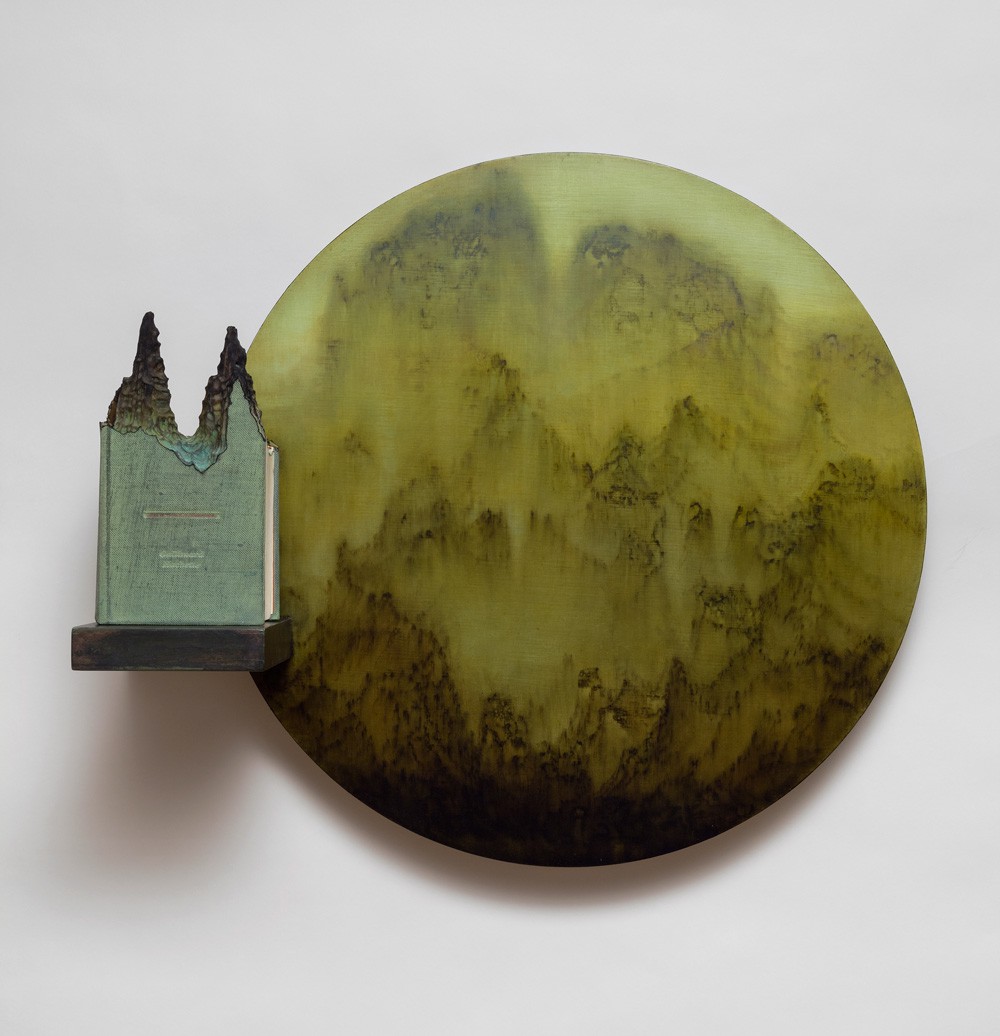
현대미술 작가들과 작품을 소개하는 곳입니다.
글 수 20
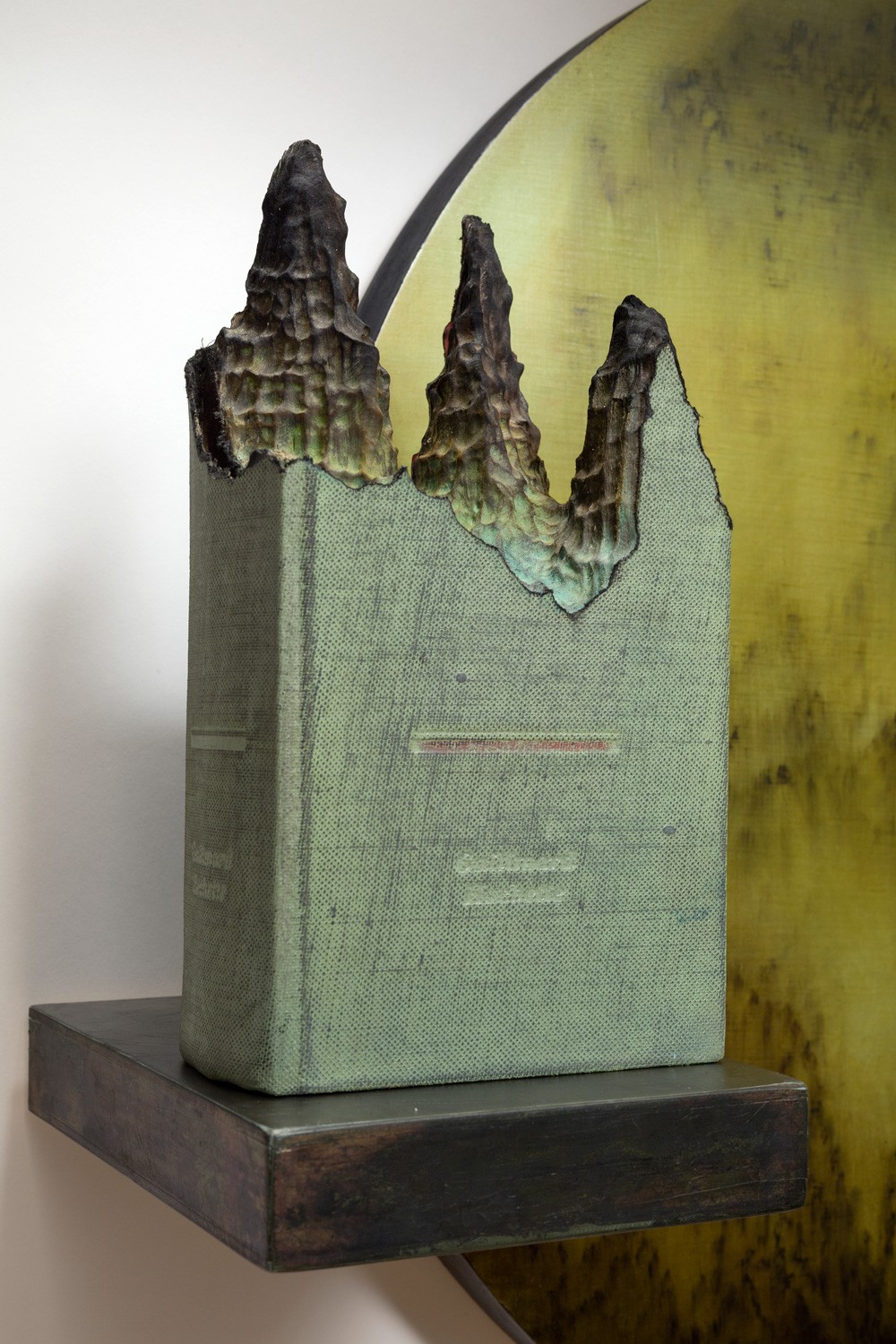
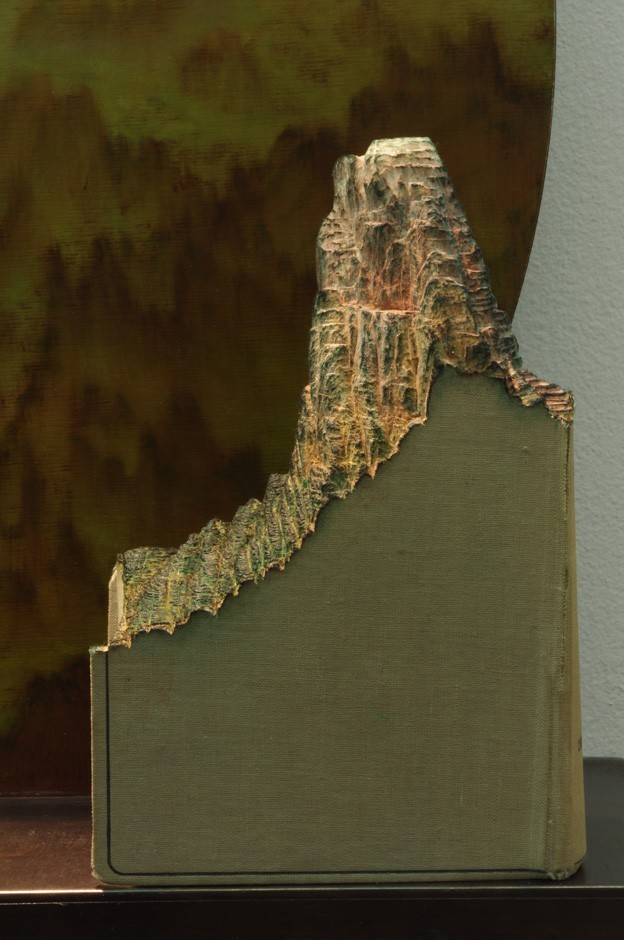
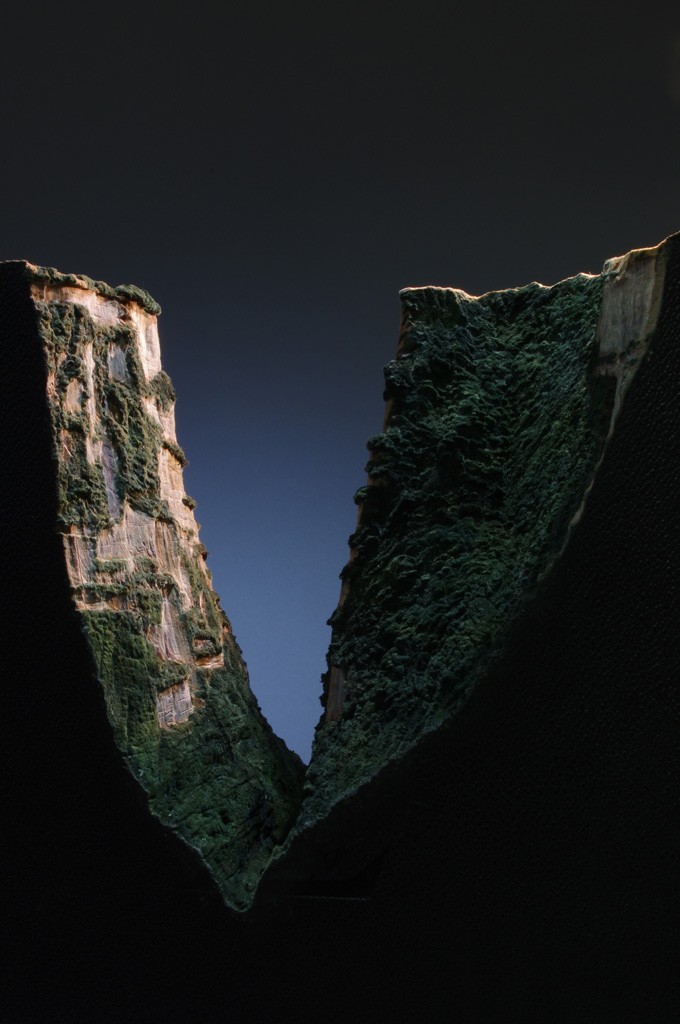
NO ROAD TO HAN SHAN
As for me, I delight in the everyday Way,
Among mist-wrapped vines and rocky caves.
Here in the wilderness I am completely free,
With my friends, the white clouds, idling forever.
There are roads, but they do not lead to the world;
Since I am mindless, who can rouse my thoughts ?
On a bed of stones I sit, alone in the night,
While the moon climbs up Cold Mountain.
-Han Shan, 9th century
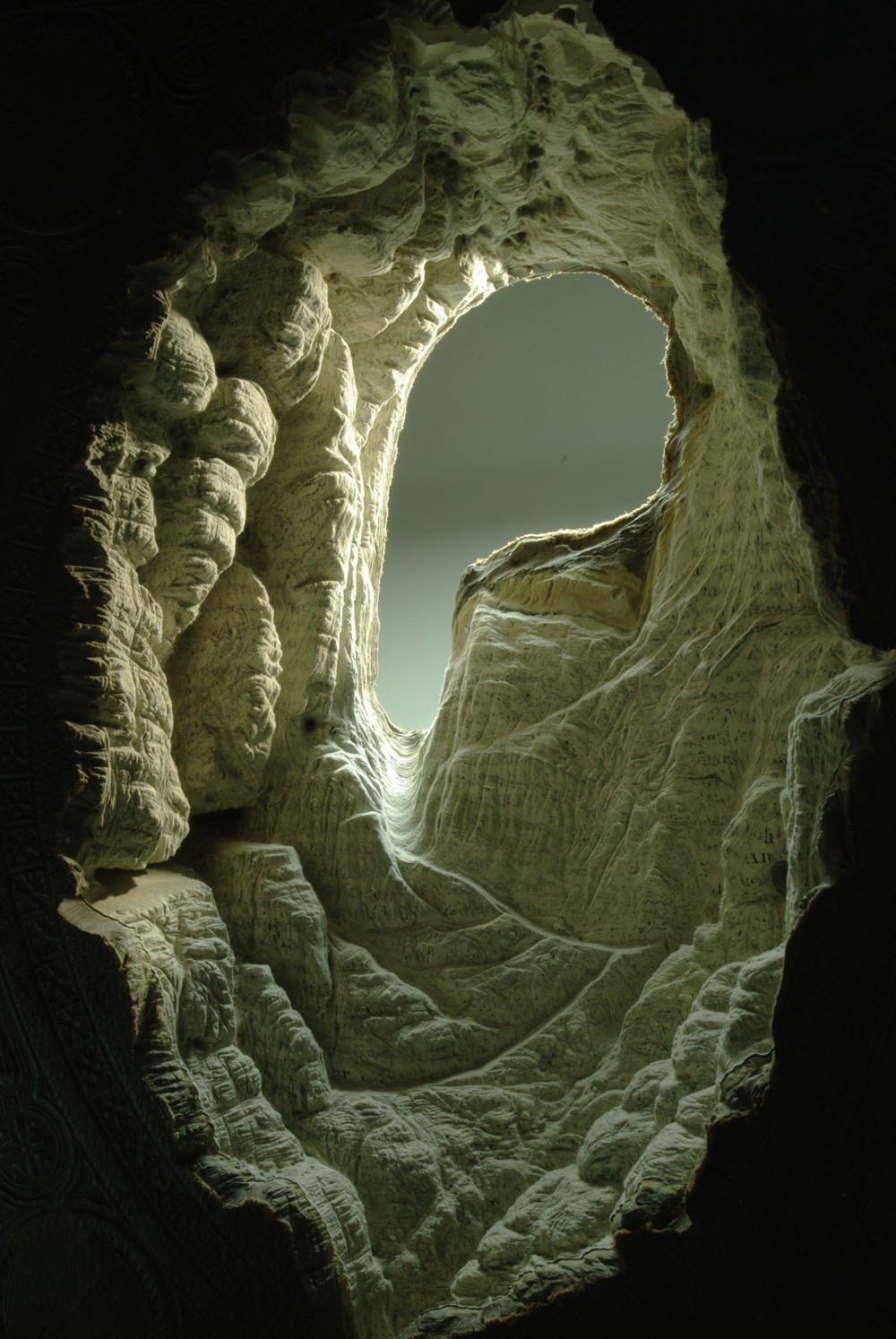
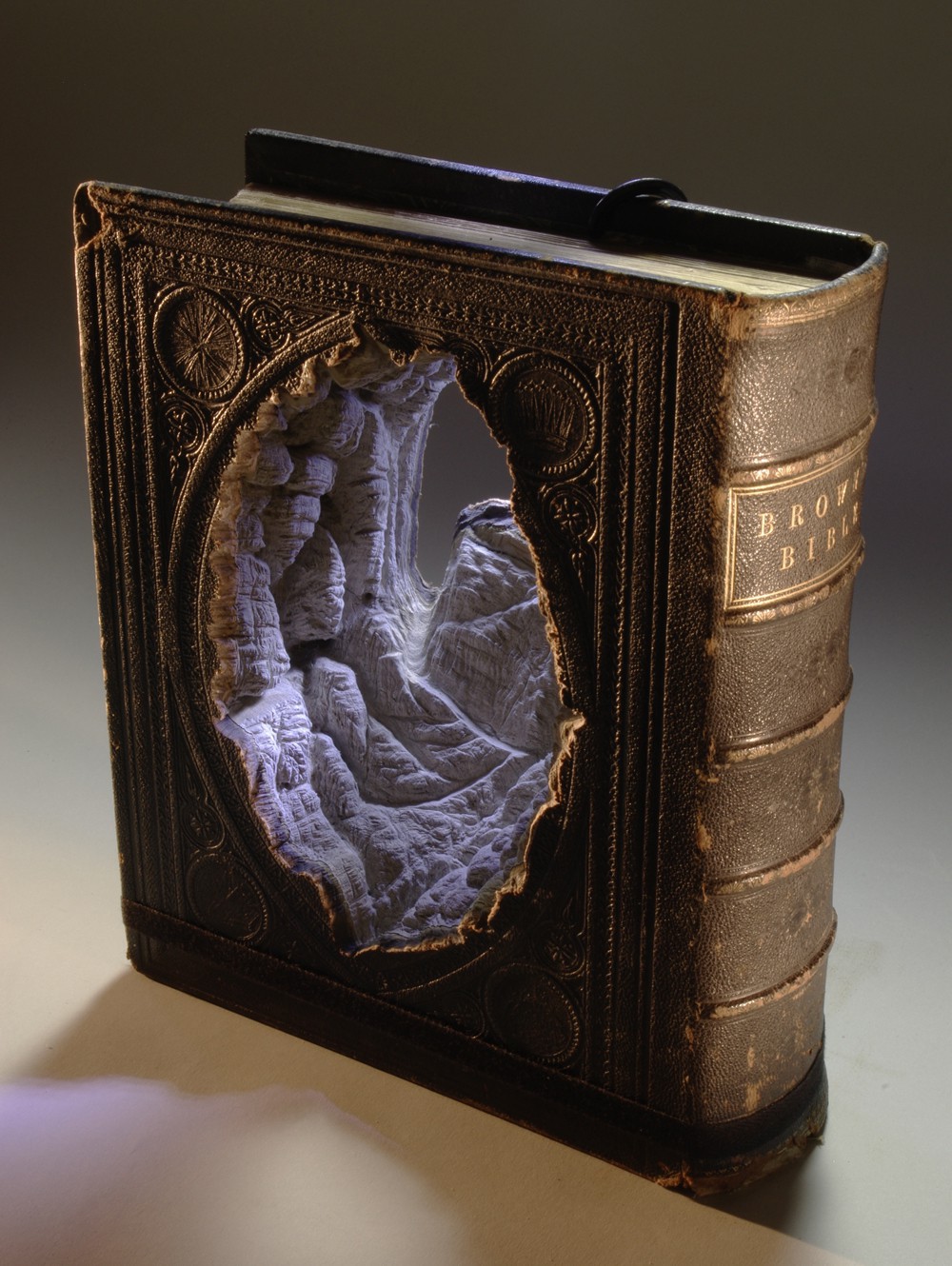
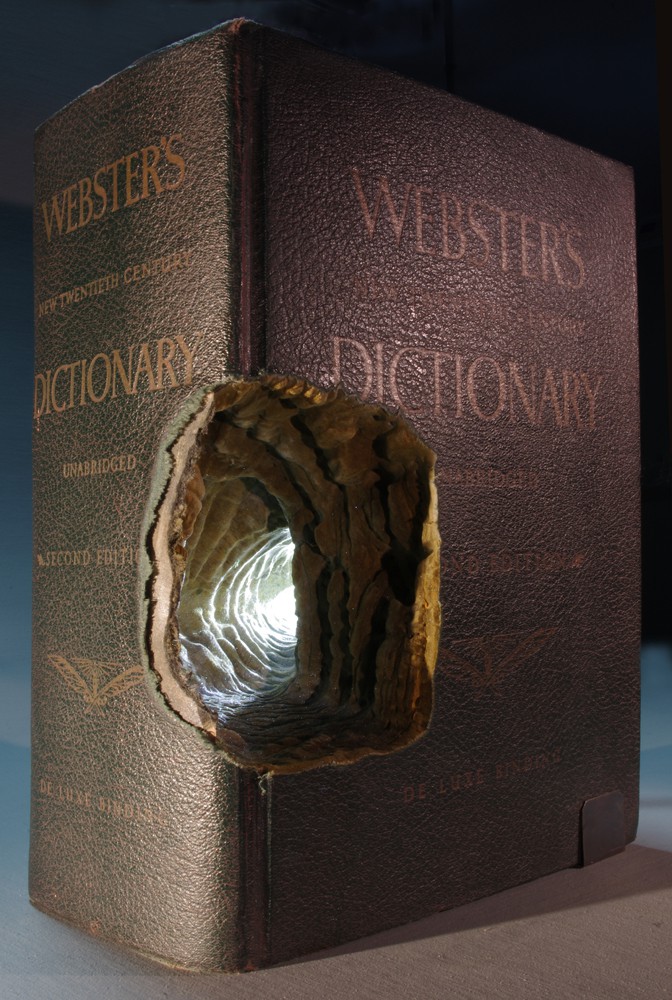
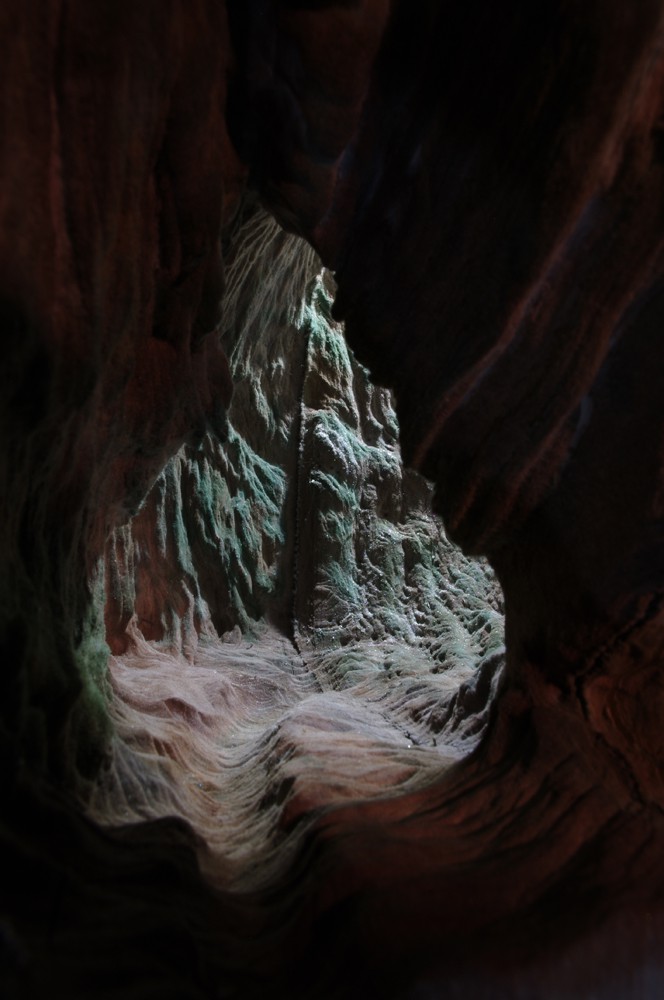
A CAVERNA / THE CAVE
In 2000, Portuguese Nobel prize writer, José Saramago, published A Caverna (The Cave).
Cipriano Algor, a 64 years old potter, finds himself in a dilemma when the only buyer of his porcelain dishes, The Center, announces that his work is no longer favored by his clients. Consequently, The Center will stop buying his work. Furthermore, Cipriano Algor must empty the Center’s warehouse within two weeks.
Reflecting upon the advances of progress – plastic versus porcelain, industry versus handmade, city versus country – Cipriano gradually enters into a deep existential crisis. Marta, his daughter and only assistant supports him through the breakdown and it is through her that they attempt one last solution. Cipriano and Marta embark on the adventure of making porcelain figurines in hopes that The Center will buy them. Taking their models from old encyclopedias, they work day and night for weeks. From being craftsmen, Cipriano and Marta become true artists, but the adventure is short lived. The Center orders three hundred figurines only to have their clients refuse them.
Cipriano faces the inevitable: he must abandon his trade, leave his house in the country, and go live with his daughter and her husband in The Center. There too, the adventure is short lived. Cipriano and his son-in-law finally discover the reason for the emptying of the Center’s warehouse: tractors are working relentlessly to unearth a cave. The cave is to be the next Center’s amusement park.
In the cave, there are people who remain seated watching shadows on the wall. “They are like us!” exclaims Cipriano. Disgusted, Cipriano quits The Center and returns home to avow his love to the widow who courted him. Marta and her husband also quit The Center and the entire crew finally decides to quit their old home, their old lives, to pack everything in the truck and embark on a journey to the unknown. But before doing so, Cipriano has a last symbolic gesture: he pulls all the remaining figurines from the kiln and destroys them.
Built upon Plato’s allegory of The Cave, Saramago extends its original meaning. In his novel, not only our judgment and opinions enslave us, it might very well be our attachment to imagination, to all of our cultural productions – art included.
I found this novel specially fitting with regards to my own work and preoccupations. I think all serious artists come to the point of questioning the powers they invoke and convoke. I, for one, would like to think that true artists try to find their way out of imagination and return to reality, but, like Cipriano and his family, how are we to escape the entrapment of self reflexivity? Can we really escape the mirror in which we endlessly contemplate ourselves, through our involvement in, and our veneration of, “culture”? Is there a way out of this human narcissism? What will Cipriano and his group encounter outside the cave of their old lives? Just another cave? Can’t we help jumping from one cave into the next? What does the world “real” mean, when everything we gaze upon is tinted by that very gaze? Where is the true painting when the painter is always in the painting? Or is it that the real is the seeing itself? What then of our quest for knowledge, our thirst for truth?
Like in Jules Verne’s “Journey to the Center of the Earth”, we seem to be chained to this quest. We “have to” know what lies inside things. But in doing so, we bury ourselves in the “about-ness” of our productions – language, function, etc- all things “about” other things. Ideas about ideas. Art works about art works. We dig and dig and dig, only to find that the inside is like the outside. The light we are looking for is the same everywhere, outside as inside (Jules Verne puts a sea and a sky in the center of the earth…). What then? Must we stop digging? Can we?
And what if the cave, instead of being our prison, would be our ultimate refuge, our only temple? What if, instead of hiding away from the play of shadows on the wall, we would sit down and try to see through them?
-Guy Laramee, August 2012
ARTIST STATEMENT
The erosion of cultures – and of “culture” as a whole - is the theme that runs through the last 25 years of my artistic practice. Cultures emerge, become obsolete, and are replaced by new ones. With the vanishing of cultures, some people are displaced and destroyed. We are currently told that the paper book is bound to die. The library, as a place, is finished. One might ask so what? Do we really believe that “new technologies” will change anything concerning our existential dilemma, our human condition? And even if we could change the content of all the books on earth, would this change anything in relation to the domination of analytical knowledge over intuitive knowledge? What is it in ourselves that insists on grabbing, on casting the flow of experience into concepts?
When I was younger, I was very upset with the ideologies of progress. I wanted to destroy them by showing that we are still primitives. I had the profound intuition that as a species, we had not evolved that much. Now I see that our belief in progress stems from our fascination with the content of consciousness. Despite appearances, our current obsession for changing the forms in which we access culture is but a manifestation of this fascination.
My work, in 3D as well as in painting, originates from the very idea that ultimate knowledge could very well be an erosion instead of an accumulation. The title of one of my pieces is “ All Ideas Look Alike”. Contemporary art seems to have forgotten that there is an exterior to the intellect. I want to examine thinking, not only “what” we think, but “that” we think.
So I carve landscapes out of books and I paint romantic landscapes. Mountains of disused knowledge return to what they really are: mountains. They erode a bit more and they become hills. Then they flatten and become fields where apparently nothing is happening. Piles of obsolete encyclopedias return to that which does not need to say anything, that which simply IS. Fogs and clouds erase everything we know, everything we think we are.
After 30 years of practice, the only thing I still wish my art to do is this: to project us into this thick “cloud of unknowing.”






